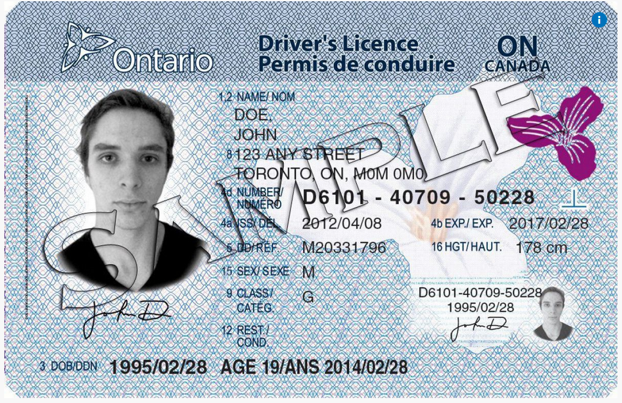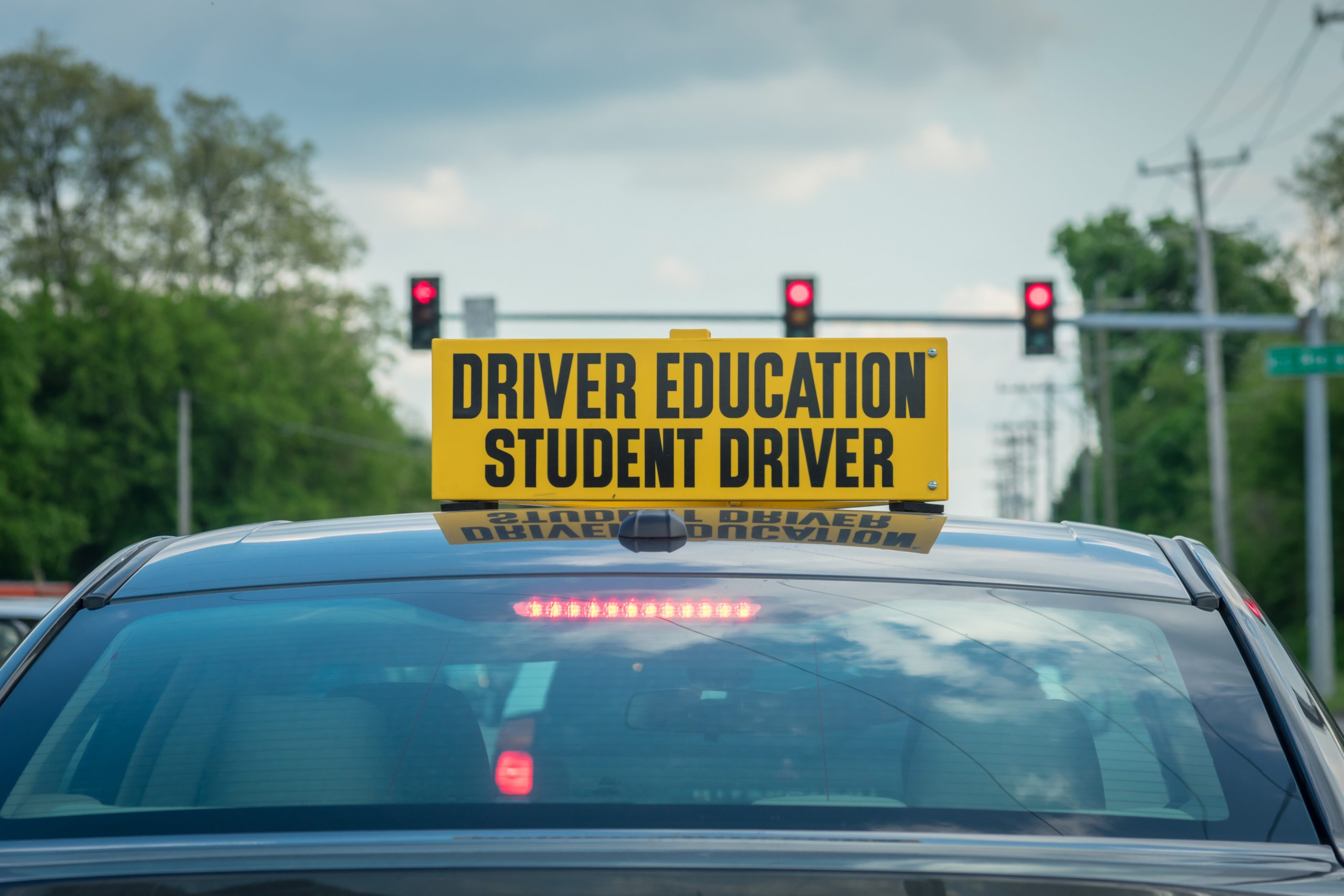Graduated Licensing Program In Ontario

The Graduated Licensing Program in Ontario
Teenagers dream of getting their drivers’ license and imagine the freedom it will bring when they can drive themselves and their friends out to events or just to meet somewhere for talking together and having fun. In Ontario, that might be a longer process than they may anticipate, as the Graduated Licensing Program takes learners through various stages before they become fully licensed.

In the past, new drivers in many parts of Canada could receive a learner’s permit after successfully completing a written test. They could then drive a vehicle as long as a fully licensed driver was in the passenger’s seat. A successful road test would then allow the learner to become a fully licensed driver.
Graduated Licenses
The system has changed somewhat since then. Much of Canada has now adopted different systems of graduated licensing, although the specific requirements vary from one area to another. Many of these systems, including Ontario’s process for teaching people to drive, includes several steps intended to give time for learning the theory but also taking the time to practice the skills drivers need for operating a vehicle safely.
As with all practical tasks, knowing in theory how to accomplish the task does not necessarily equal the reality. Knowing the theory of how to stop a skid, for example, might not always translate to the ability to perform the move while sliding towards a ditch.

In Ontario, as the official government website states, new drivers obtaining their first license are enrolled in a graduated licensing system that takes at least twenty months to complete. A minimum age of sixteen years old is necessary for this stage. The first step is to learn the rules of the road and traffic signs to pass a written test on this knowledge. Applicants have to be able to pass a vision test, with glasses or contact lenses if necessary. Successfully completing the written and vision tests qualifies applicants to receive a Class G1 license.
The G-1 License
With a Class G1 license, people are allowed to drive a car, van, or small truck. At this stage, the driver must be accompanied by a fully licensed driver with at least four years’ experience. The second driver should be in the front passenger seat to allow for a quick response in case of emergency. For example, a second driver could grab into the steering wheel and turn it the correct way in case of a near collision. Being in the front also allows the second driver to see hazards quickly and to respond with advice or quick action.
The written test gives people the background they need to be able to understand the rules of the road and know the meanings of street signs and symbols. With the G1 license, drivers can put their knowledge into practice and learn practical driving techniques on the roads, accompanied by a fully licensed driver.

However, as the Welcome Pack Canada website notes, certain restrictions still apply. For example, holders of these licenses are not allowed to drive between midnight and 5 a.m. or to drive on highways labelled in the 400 series. On highways like these, hesitation and lack of confidence, or even overconfidence, can lead to serious accidents. Learning to drive on quieter, less intense roads is better for most new drivers.
Levels of G-Class Licenses

Normally, new drivers are expected to remain at the G1 level for a minimum of twelve months. This time period allows learners to practice their skills in all four seasons and to get a sense of the challenges of each one. For example, driving on a dry road in summer is very different from attempting the same trip in the middle of January with ice and snow everywhere. Driving at different times of the day with different levels of light, dealing with crowded or relatively empty roads, or just gaining enough experience to feel comfortable with being behind the wheel are all part of the goal of the G1 period.
With a full license, drivers have many more freedoms than at the earlier levels. They no longer need to have another licensed driver with them in the car, and they are free to have friends as passengers, as long as each person has a seatbelt. However, drivers with the full license still need to be careful not to make mistakes or to flout the laws; they may receive fines and demerits, or even lose their license for such actions as speeding or failing to signal a turn. Until the age of twenty-one, drivers are not allowed to drink any alcohol if they intend to drive.
Opportunities with a Class G License
Obtaining a Class G license opens up many possibilities for drivers. Besides being able to drive a car, van, or small truck, drivers can also start to work on learning to drive other types of vehicles. Except for Class M for motorcycles and with the exception of bicycles, having a Class G license is a requirement for driving any other type of vehicle. Studying for the written test helps new drivers to understand the rules of the road, while learning the basic techniques of turning, stopping and changing lanes can help drivers even with very different vehicles.

Learning to drive for the first time can be exciting, and the graduated licensing program helps people practice the skills they need to be safe drivers. Each stage is a step towards becoming an experienced and cooperative driver who works together with other road users to get everyone to their destinations quickly and efficiently.
